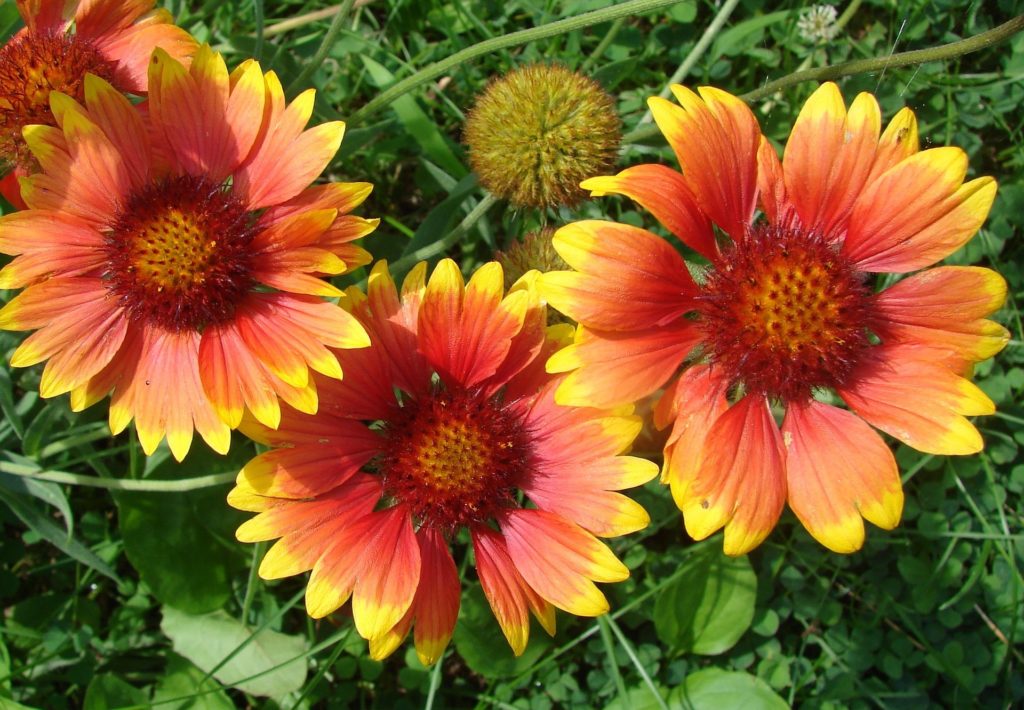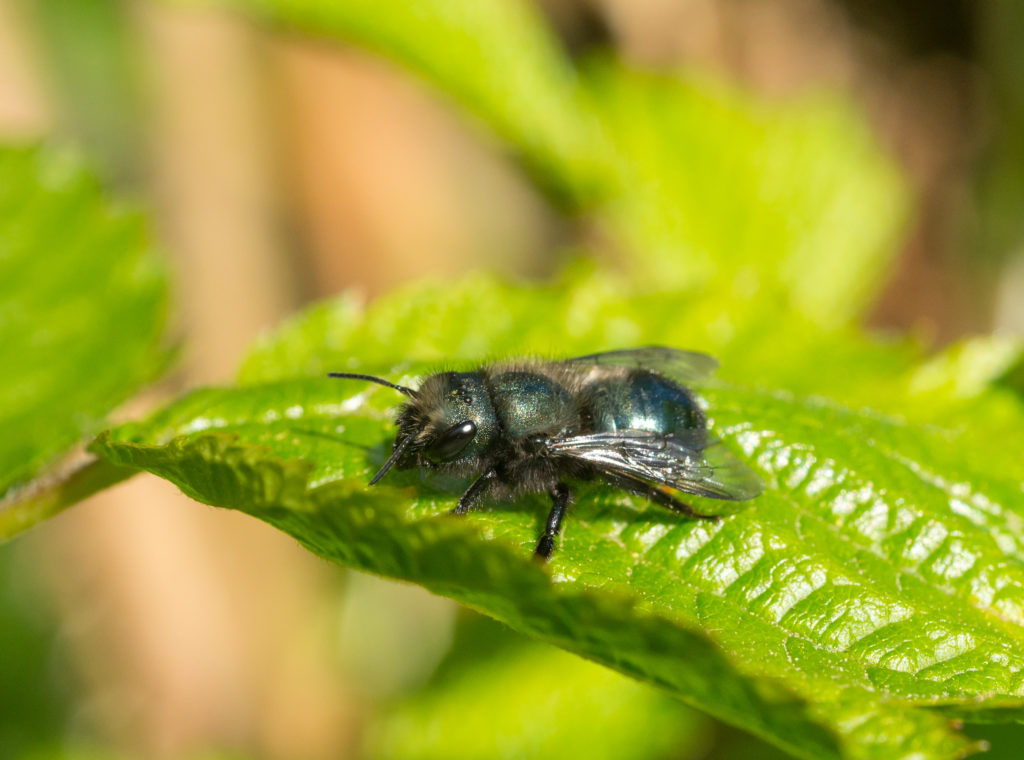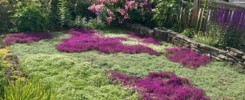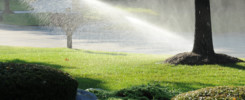By Brian Campbell, Tara Moreau and Braela Kwan
Pollinators are the various insects and animals that contribute to the reproduction of plants. These include many species of bees, butterflies, birds, flies, moths, wasps, beetles and other animals that move pollen between male and female flower parts to create seeds for future plant populations.
In addition to supporting future populations of plants, pollinators play a critical role in food production. More than three quarters of global food crops rely at least in part on pollinators[1]. However, pollinators are becoming increasingly threatened by pressures including urbanization, monoculture, habitat loss, disease, predators, pollution, and climate change.

Home gardening is an important action that people can take at home to help restore our pollinator populations and their habitats. Creating a pollinator-friendly green space is easy. Below are some things to consider when planning for pollinators.
Foster Flowers
Bees and flowering plants co-evolve together for mutual benefit. Plants provide pollinators with nectar and food, and in return, pollinators support plant reproduction and plant survival. The key to maximizing pollinator abundance is ensuring the presence of flowering plants. When thinking of how to best incorporate flowering plants in to your garden, here are some things to consider:

- Plant height – Planting a compact flowering tree is a great way to increase the ecological value of your garden. One flowering tree might occupy only one square meter of your garden, but the spread of its flowers at ground level increases the pollination value of your green space without taking up room.
- Flower colour and shape – These are important calling cards for pollinators. For example, bumble bees will gather both pollen and nectar from the flowers. They seem to like purple, blue and yellow but don’t typically forage on red flowers.
- Avoid double blooms – Despite the aesthetic appeal, flowers with fancy double blooms are not the best choice. Double blooms come at the expense of the parts of the flowers that produce nectar and pollen. They are not as attractive to pollinators because they produce less of what they need — food.
- Accessibility – Organize plantings in blocks or patches of one square meter or larger to make it easier for bees to find the flowers and to go from one bloom to the next. Bees get depressed and discouraged in plantings with flowers too far apart — their pollination efficiency declines, and they become easily distracted from their tasks.
Bloom Period
Providing flowers that bloom in mid to late spring is simple enough because most garden plants naturally bloom at this time. In order to attract more pollinators to your green space, and ensure they have food throughout the time they need it, try to ensure there is something in bloom from early spring to autumn. Many bees emerge in the early spring after a long winter in their nests and are very hungry. For those bees to take an interest in your garden, make sure to include some plants that bloom very early, such as:
- Violas
- Red-flowering currant
- Heather
- Oregon grape
- Crocus
- Snowdrop
- Fruit trees (plum, cherry and apple)
Flowers that bloom in late summer and autumn provide import food sources for pollinators. Bumble bees are especially vulnerable in the fall, when they experience a shortage of nectar-producing flowers. As their colonies wind down and they begin producing the queens for the next year, their energy needs increase just as pollen and nectar resource abundance declines. Having access to flowers in August and beyond make a huge difference to their survival. Try these plants for an extended summer and autumn bloom period:
- Threadleaf coreopsis
- Borage
- Helenium Sneezeweed
- Blanketflower
- Many asters

Shelter
The main reason animals, pollinators included, become endangered is because of habitat loss. It is not likely that Vancouver will revert back to ancient old growth rainforest, but we can provide habitat across the region in the form of gardens to support the many small animals that are vital to a healthy pollination ecology.
Bees nest in a variety of ways — in fact, most native bees nest in the soil! These ground-nesting bees are solitary and typically avoid human contact. Green spaces that include pollinator shelter can accommodate these bees. Look for holes in the garden soil, often near pathways or other edges. If a bee is regularly coming and going, then the spot is likely a bee nest. Use a marker such as a disposable chopstick to remember where the nest is. Leave that spot alone and don’t turn the soil there in order to support bee reproduction.
Not all bees are ground-nesting. Some bees use upright cavities to build nests. The Silver-tailed Petal-cutter Bee (Megachile montivaga), for instance, uses flower petals to construct cells inside their upright nests. Clarkia is a favourite flower they cut circles out of for this purpose. Other leafcutters use leaves.
Water
Pollinators need water to
survive. Adding a simple water feeder, such as a bee bath, in green spaces can
attract pollinators. Water feeders can attract a diversity of pollinators –
including birds, bees, and butterflies. Pollinator baths attract not only
pollinators, but other beneficial insects such as ladybugs that will wipe out
pests such as aphids.

Additional resources:
[1] http://www.fao.org/news/story/en/item/384726/icode/



